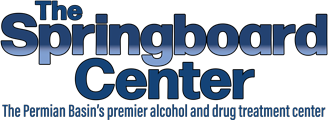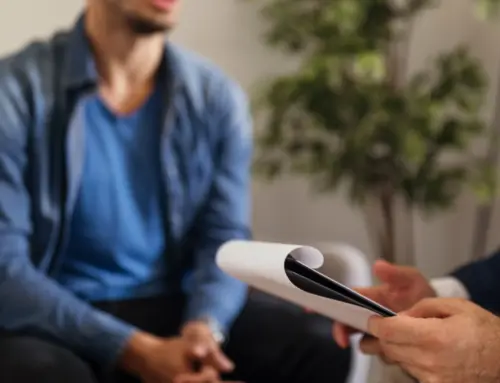One of the common arguments against medication assisted therapy, or MAT, is that since methadone and buprenorphine are opioid agonists, they may be abused by the people they are meant to help, or diverted for use as illicit drugs. This is of particular concern when the question is whether the government should fund MAT, whether through clinics or prisons. Methadone has been a popular medication for decades because it is cheap and well studied, but it also has a well known potential for abuse and overdose. The euphoria methadone causes is meagre, but for some users, it will do in a pinch. Buprenorphine promised to serve the same function as methadone but with less danger of abuse and overdose. Despite that, it is often lumped in with methadone as a drug that is either abused or diverted. Can you actually abuse buprenorphine?
The most common form of buprenorphine is Suboxone, or “subs,” which is a combination of buprenorphine and naloxone. Naloxone is an opioid antagonist, which means it dislodges opioid drugs from mu receptors, preventing the drug from having any effect. It’s the active ingredient in Vivitrol, the opioid “vaccine.” Normally, the naloxone in Suboxone is inactive, but it serves as protective measure against abuse. If you did try to dissolve Suboxone in water and inject it, you would only get a dose of naloxone, which would cause immediate withdrawal.
Buprenorphine, the active ingredient in Suboxone, is a partial opioid agonist, meaning it binds to receptors like opioids do, but, like methadone, the effect is much weaker. Unlike methadone, it is much harder to overdose on Suboxone. However, it is still possible. For example, if you drink heavily or take benzodiazepines you may overdose because of the combined sedative effects.
As for using Suboxone to get high, there’s little point in that. It does cause a mild euphoria, but there is supposedly a ceiling effect, which means that after a certain point, more Suboxone won’t cause more euphoria. Aside from that, methadone causes a similar high, is much cheaper, and more widely available. For opioid addicts in recovery, the euphoria of Suboxone won’t be very impressive and mainly serves to blunt cravings.
There is some potential for misuse and diversion though. It is sometimes used by people in active addiction to delay withdrawal if they can’t get their usual drug of choice. Although this is technically a diversion and misuse, it’s probably safer for the person misusing it. The other possibility is that it could be abused by someone with a very low tolerance. Suboxone causes a euphoria somewhat similar to a weak prescription opioid, so a new user might get a decent high from it. Again, with the easy availability of other pills, the risk of new users abusing Suboxone is probably minimal.
Located in downtown Midland, The Springboard Center’s mission is to offer programs and services to treat alcohol and drug addiction treatment using an evidence based curriculum, 12 step programs, diet, nutrition, exercise, emotional, mental and spiritual development for a long recovery. For more information, please call us at 432-620-0255 as we are open 24 hours a day, 7 days a week.




